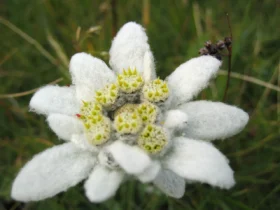Begonias are a diverse and stunning group of flowering plants known for their exquisite blooms and attractive foliage. With their vibrant colors, unique forms, and versatility, begonias have become a favorite choice for both indoor and outdoor gardens. In this article, we will explore the captivating world of begonia flowers, discussing their characteristics, care requirements, and the joy they bring to gardening enthusiasts.
Begonia Flower images
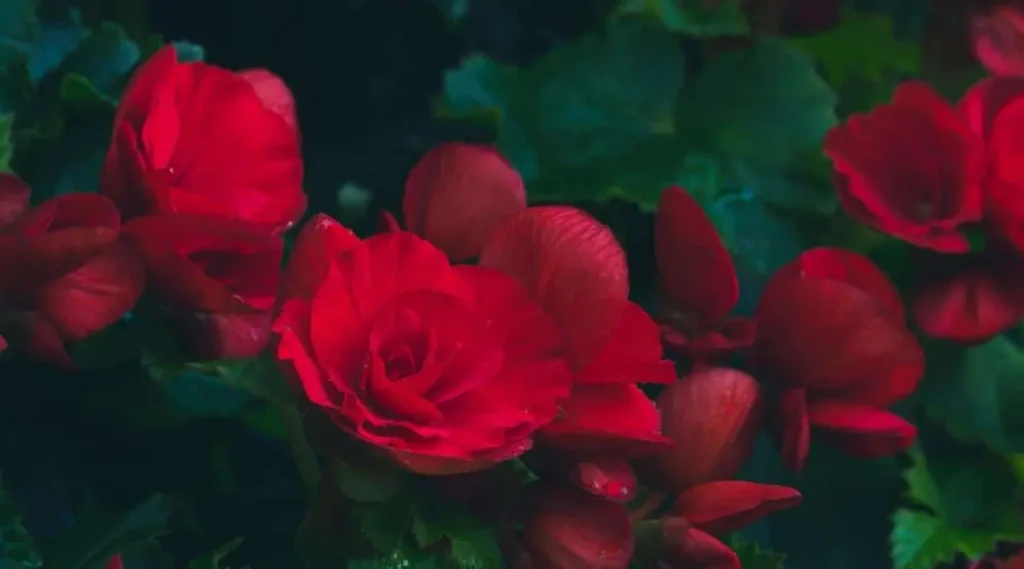
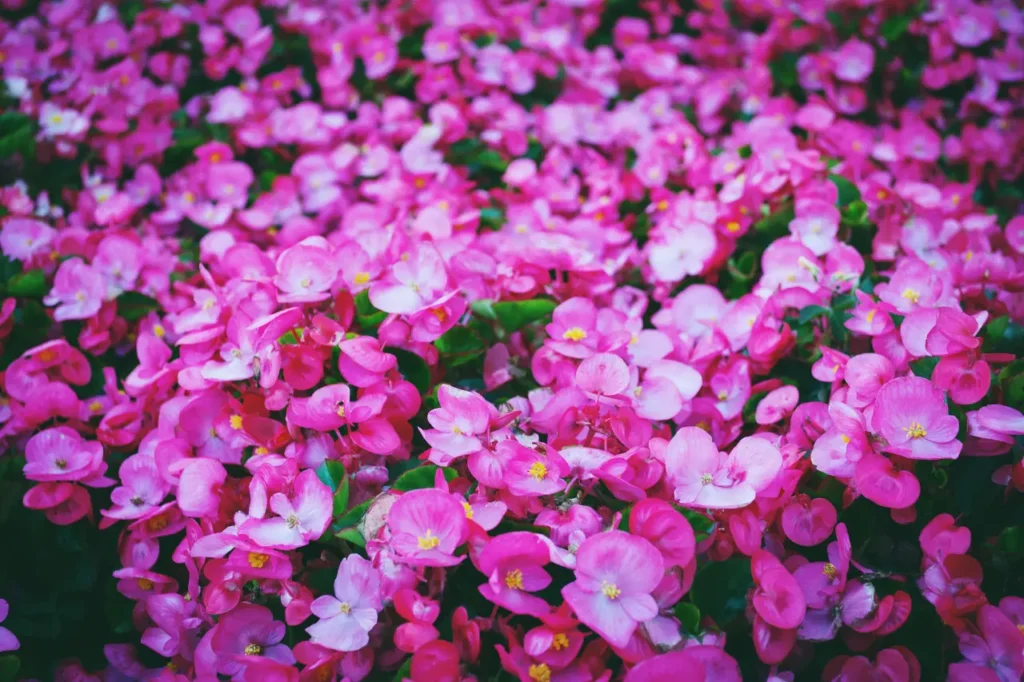
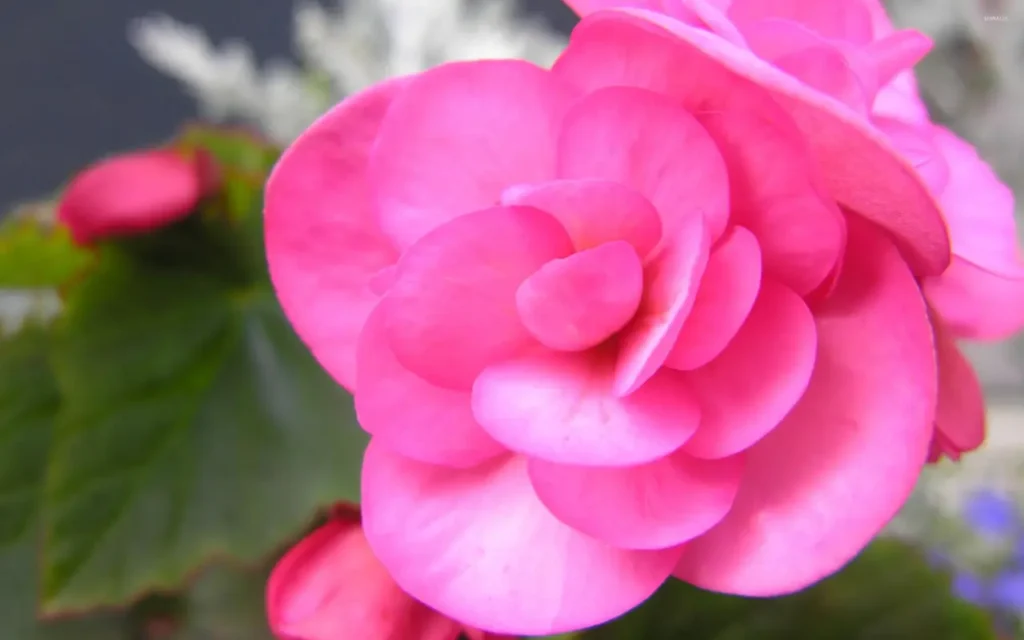
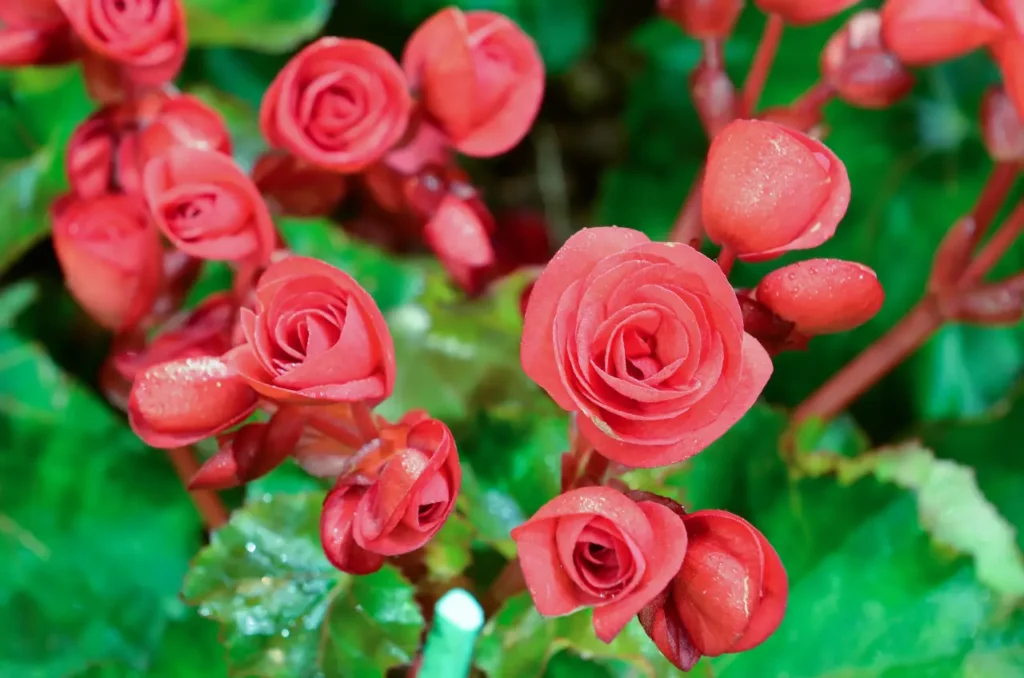
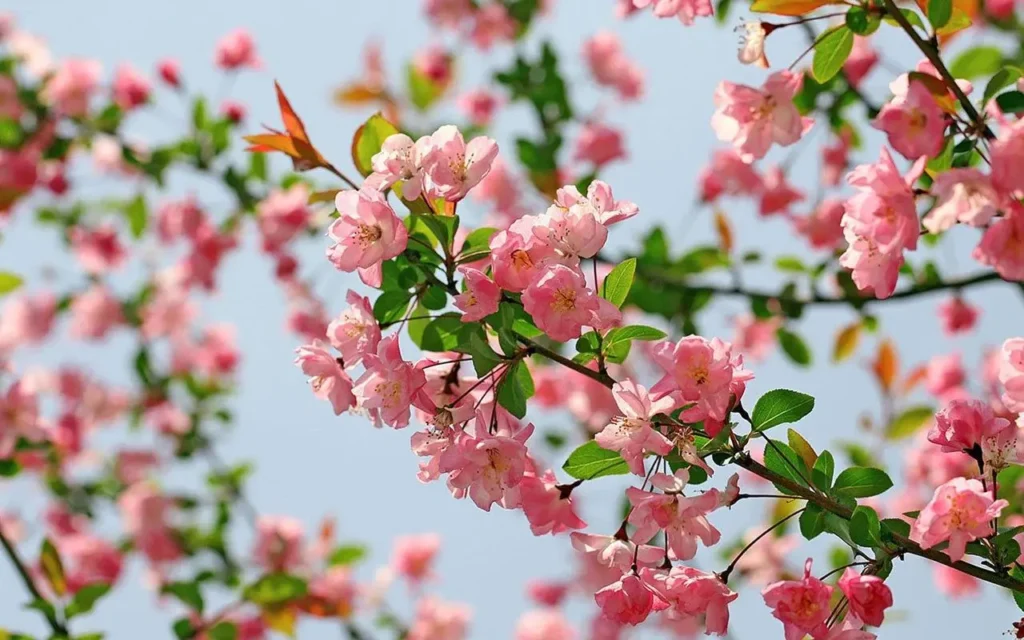
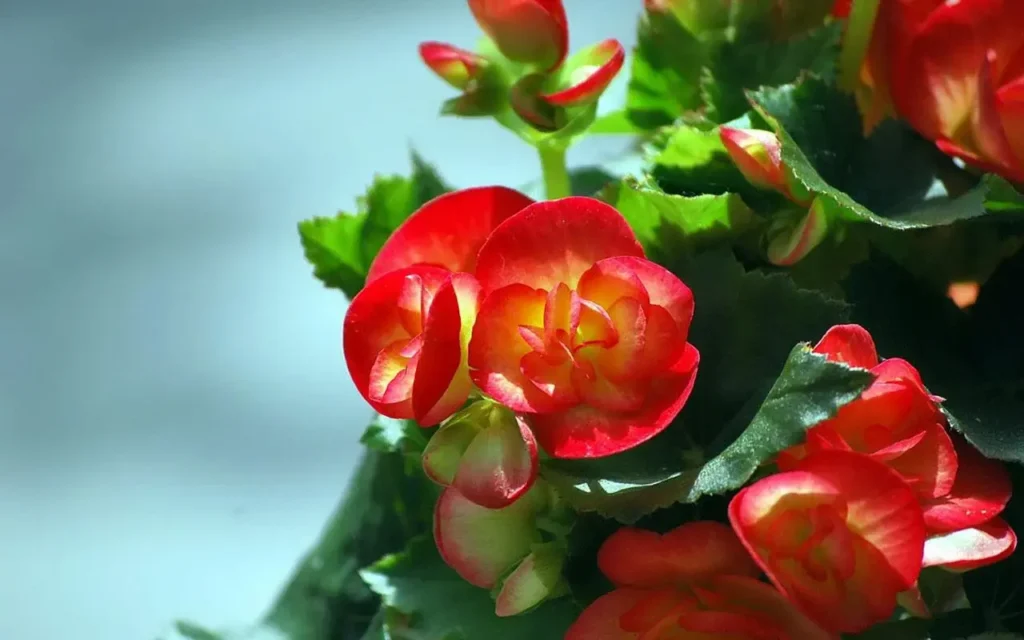
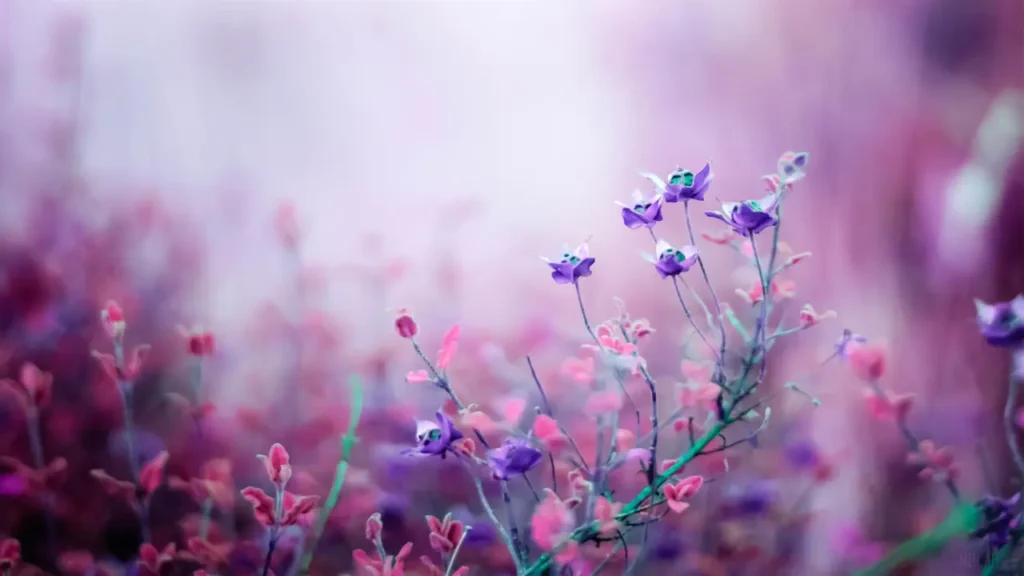
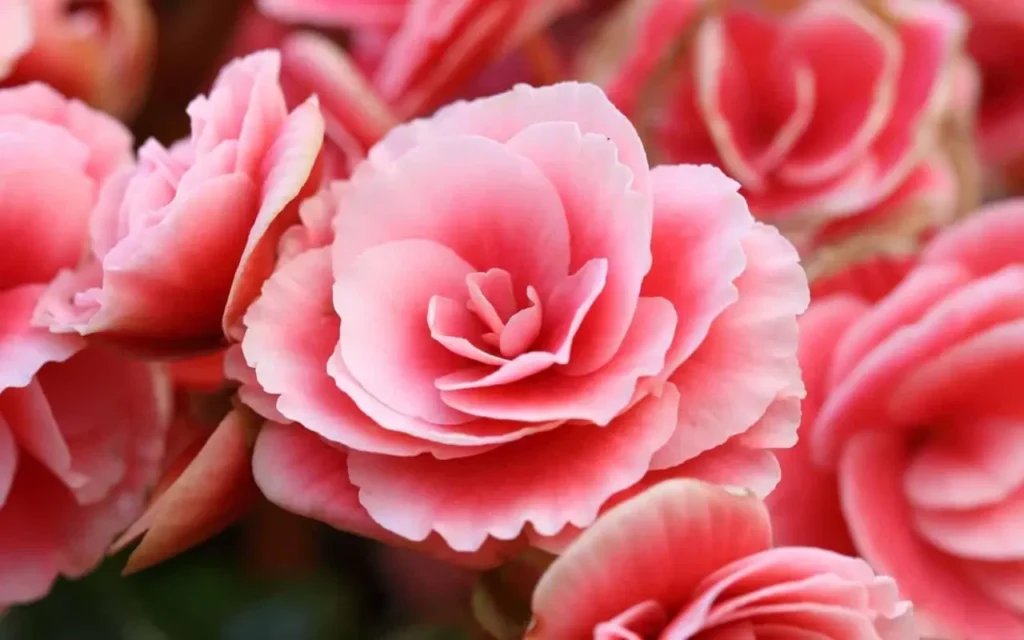
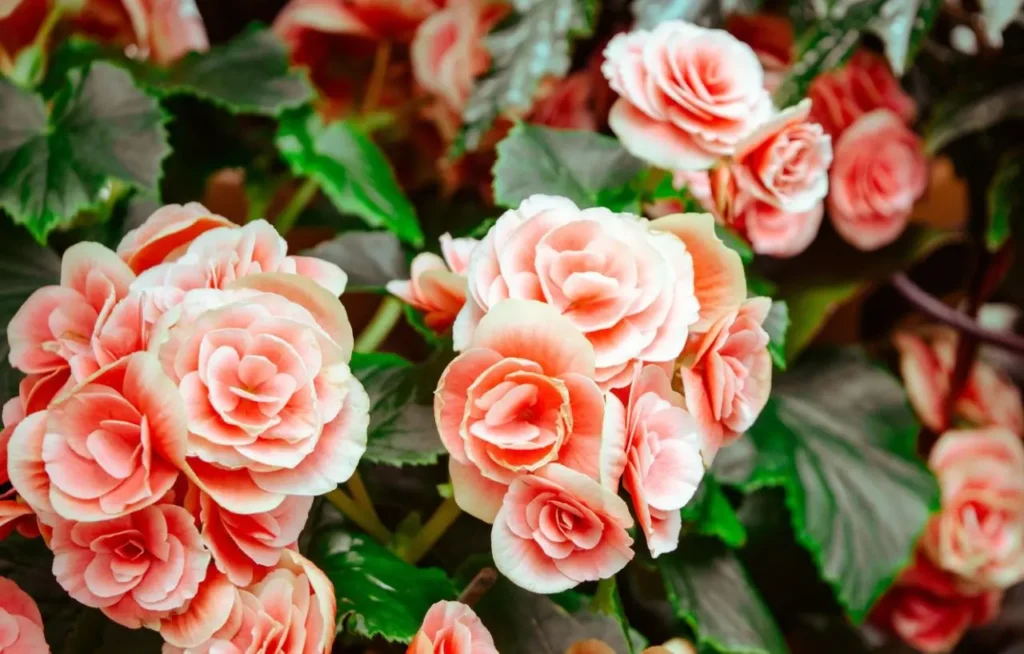
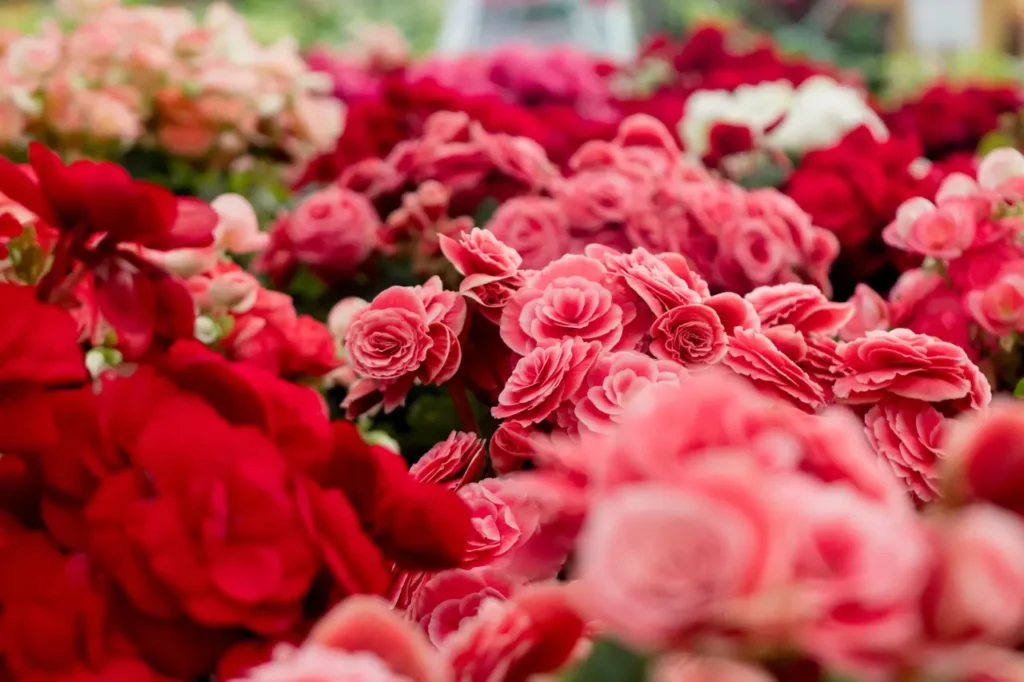
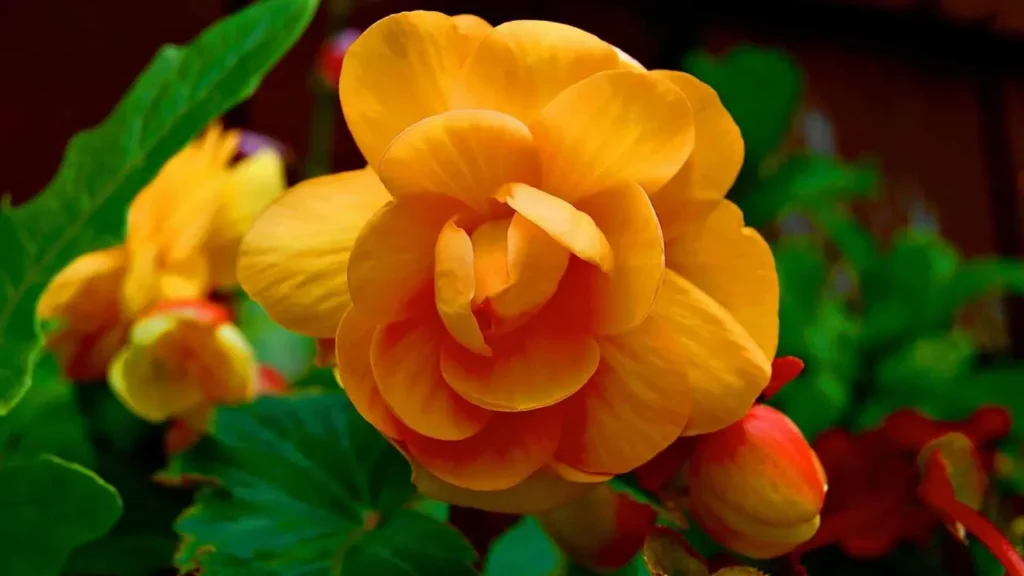
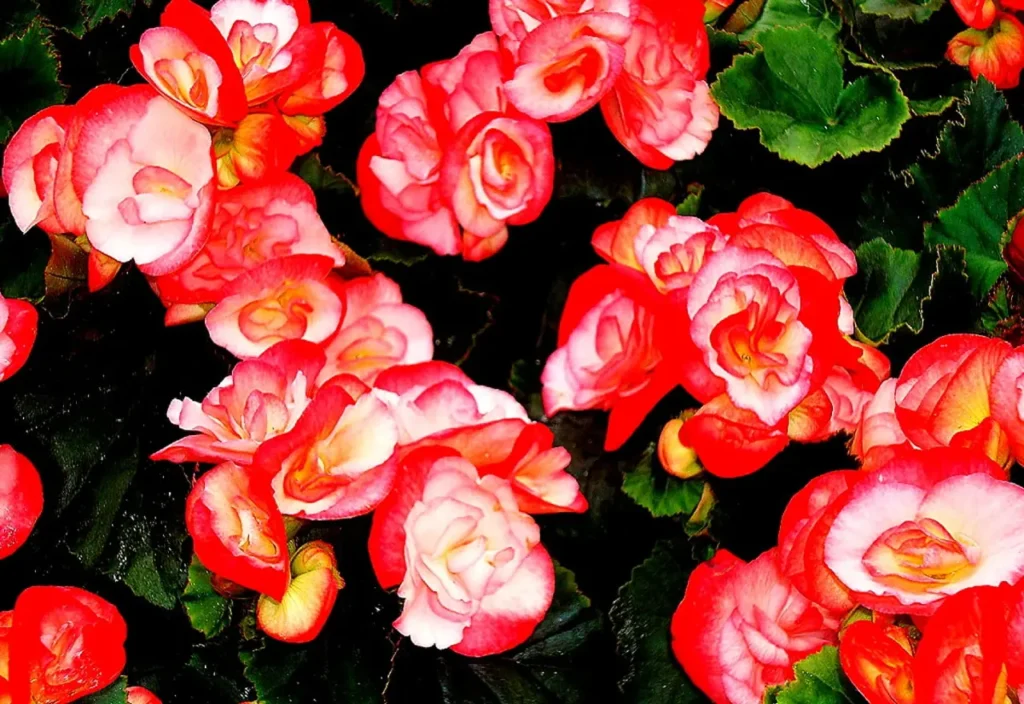
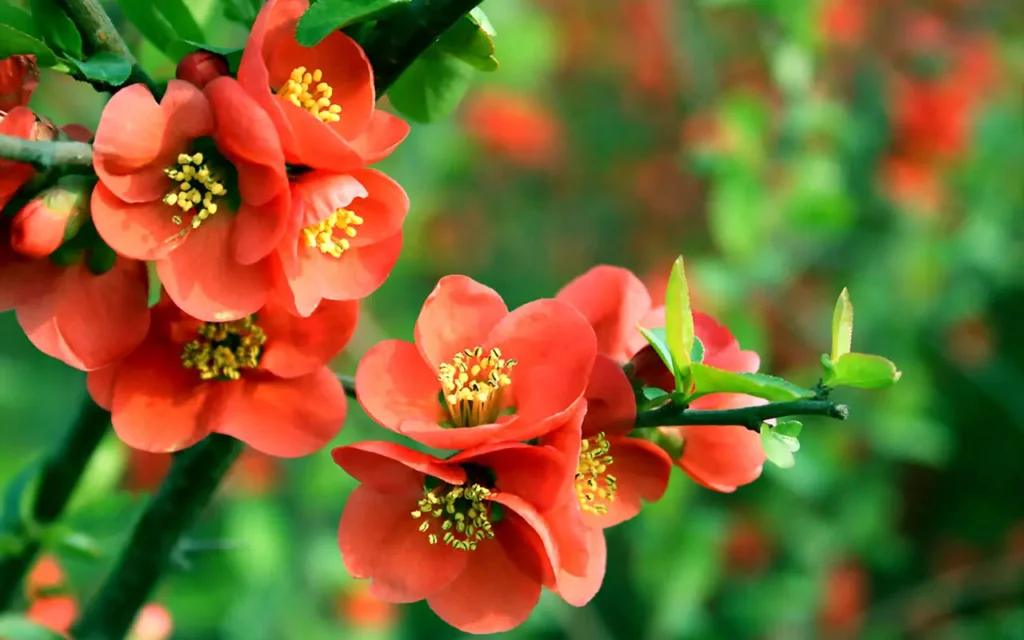
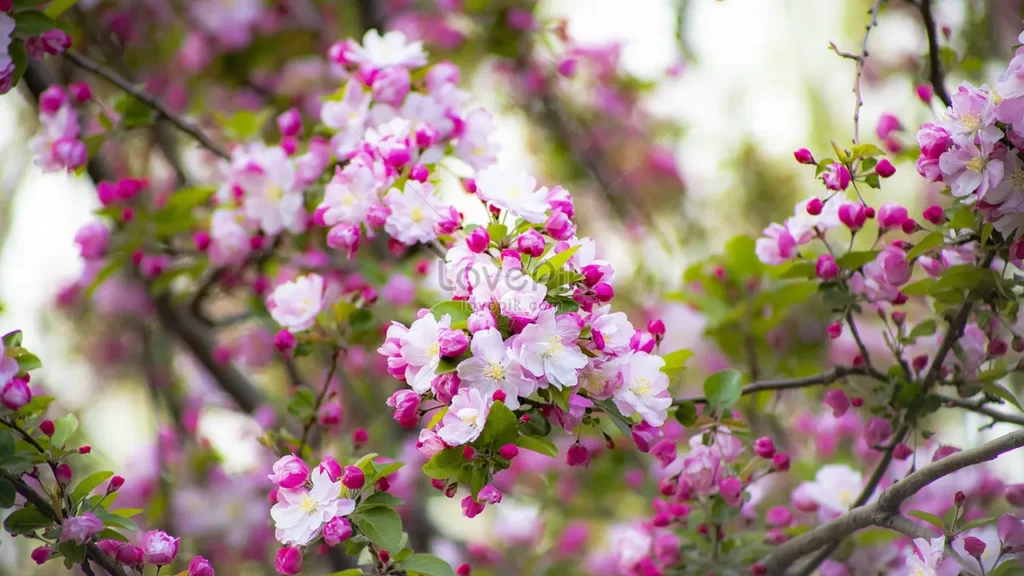
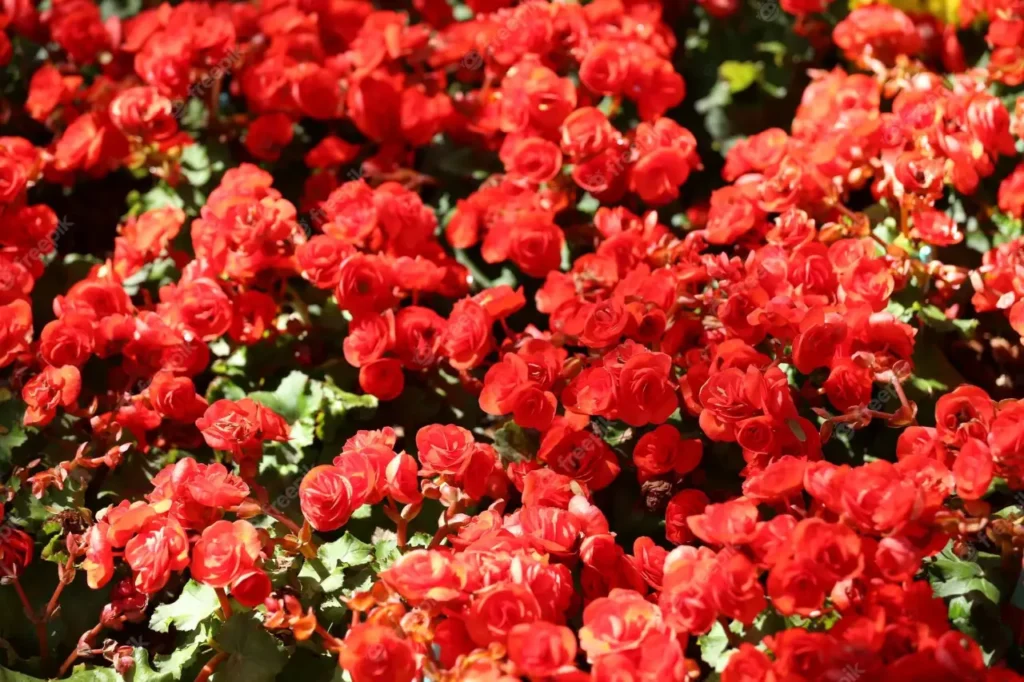
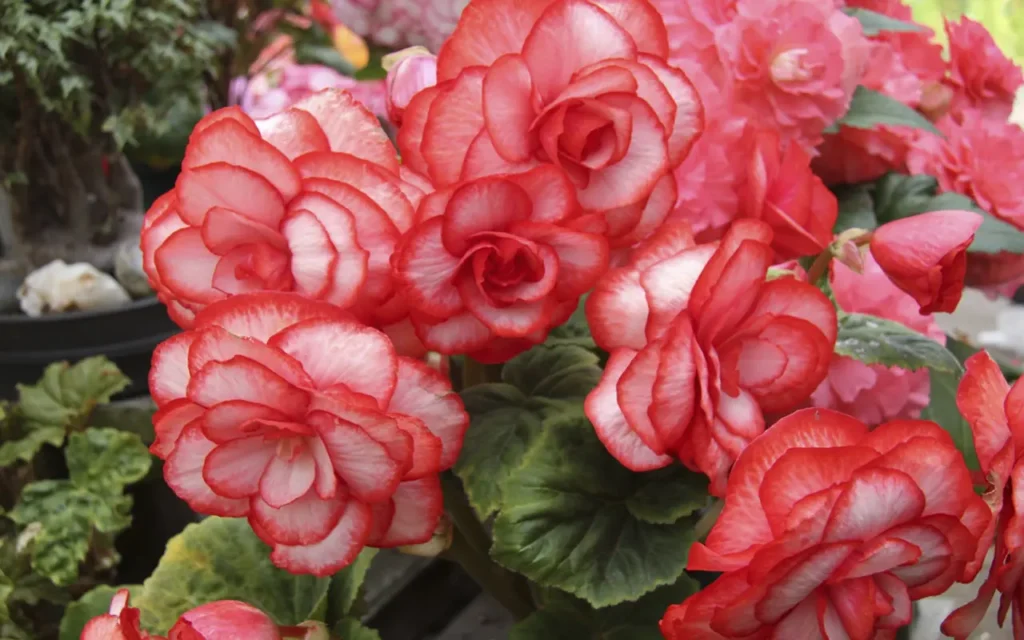
An Array of Beauty and Varieties
Begonias encompass a vast array of species, hybrids, and cultivars, offering an incredible diversity of colors, sizes, and forms. The flowers of begonias come in various shapes, including single, double, ruffled, and camellia-like. They exhibit a kaleidoscope of colors, ranging from soft pastels to vibrant hues, with shades of pink, red, orange, yellow, white, and even multi-colored petals. Some begonia flowers also display intriguing patterns and markings, adding to their visual appeal.
In addition to their captivating flowers, begonias are renowned for their foliage. Many begonia varieties feature attractive leaves with unique shapes, textures, and colors. Some have glossy or textured surfaces, while others showcase patterns, spots, or intricate veining. The foliage of begonias adds interest to the plant even when not in bloom, making them a valuable asset to any garden or indoor space.
Cultural Significance and Symbolism
Begonias have acquired cultural significance and symbolic meanings in various regions and cultures. In many Asian countries, such as China and Japan, begonias are associated with good luck, happiness, and wealth. They are often used in celebrations, festivals, and auspicious occasions.
In the language of flowers, begonias symbolize uniqueness, individuality, and fancifulness. They are often given as gifts to express admiration, appreciation, and warm sentiments. The wide range of begonia varieties allows for choosing specific colors and forms to convey particular emotions or messages.
Growing and Care
Begonias are relatively easy to grow, making them suitable for both beginner and experienced gardeners. The care requirements may vary depending on the specific begonia variety, but here are some general guidelines:
- Light: Most begonias prefer bright, indirect light. They thrive in locations with filtered sunlight or partial shade. Avoid placing them in direct, intense sunlight, as it can scorch the leaves.
- Watering: Begonias prefer moist but well-draining soil. Water them thoroughly when the top inch of soil feels dry, but avoid overwatering, as it can lead to root rot. Allow the soil to dry slightly between watering intervals.
- Humidity: Begonias appreciate humid environments. If the air is dry, consider placing a tray of water near the plant or using a humidifier to increase humidity levels.
- Temperature: Most begonias prefer moderate temperatures ranging between 60-75°F (15-24°C). Protect them from extreme heat or cold drafts.
- Fertilization: Feed begonias with a balanced, water-soluble fertilizer every 2-4 weeks during the growing season. Follow the manufacturer’s instructions for proper application.
- Pruning and Maintenance: Regularly remove faded flowers and yellowing leaves to promote continuous blooming and maintain the plant’s appearance. Prune leggy stems to encourage bushier growth.
Versatile Garden and Container Plants
Begonias are incredibly versatile and can be grown in various garden settings or containers. They are well-suited for beds, borders, rock gardens, hanging baskets, and window boxes. In outdoor gardens, begonias thrive in well-drained soil with organic matter. In indoor settings
